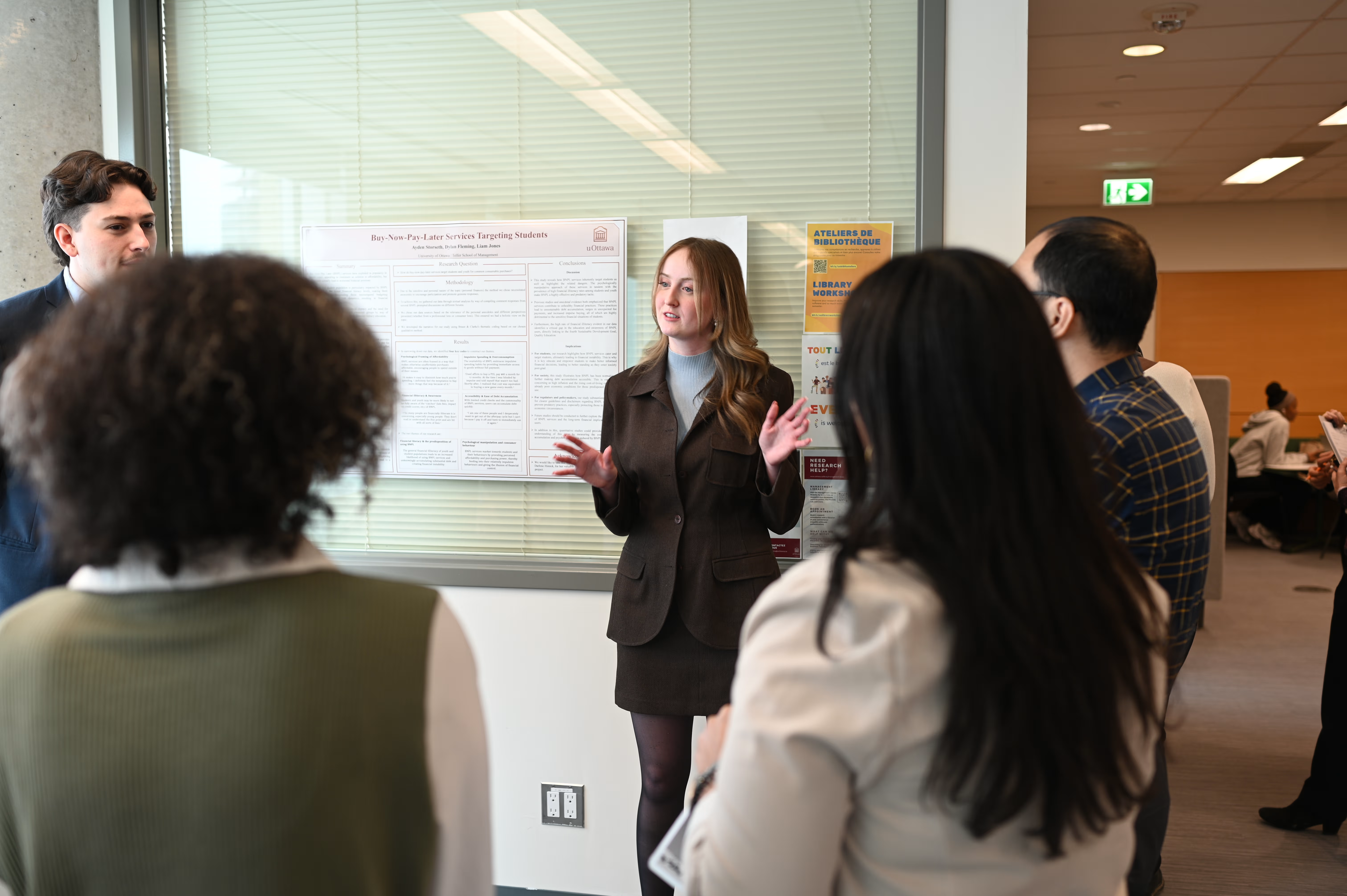In today’s digital age, a new wave of financial influencers, known as finfluencers, has emerged on social media. Their influence does not stem from sharing fashion tips or selfies, but rather from offering financial insights. They are reshaping social media with their knowledge, one financial tip at a time.
Given that younger audiences rarely consult traditional media outlets, these audiences are looking for financial advice through other means, such as social media platforms like TikTok, YouTube and Instagram. However, due to the growing number of content creators online, viewers may have difficulty identifying which advice is credible and reliable.

By giving advice, finfluencers have become new actors in the financial sphere, consulted alongside other influential stakeholders such as policymakers, academics and practitioners. They are shaping and informing the decision-making processes of the younger generation and leveraging new means of communicating and disseminating finance-related information.
This is why professors Errol Oseckiand Darlene Himick co-applied for and received a Telfer SMRG Research Development Grant for a project titled “Finfluencers' social media content – influences on financial literacy” to investigate the impact that finfluencers have on their viewers and the quality of the content they present on multiple platforms.
Through their evidence-based methodology, professors Osecki and Himick aim to understand the online behaviour of finfluencers by reviewing their highly visible content. They also aim to inform financial literacy policies by highlighting and categorizing how finfluencers impact their viewers’ financial decision-making processes and ultimately, their wellness. The project will also explore how videos disseminated across various platforms can significantly affect the viewers’ mental health, either by inducing anxiety and stress or by encouraging viewers to make financial decisions with more ease and confidence.











